Chicken Katsu, a culinary masterpiece of crispy, golden-brown perfection, is about to become your new favorite weeknight dinner! Imagine sinking your teeth into a juicy, tender chicken cutlet, coated in irresistibly crunchy panko breadcrumbs. Are you drooling yet? I know I am just thinking about it!
This delightful dish has its roots in Japanese cuisine, evolving from European cutlet recipes introduced during the Meiji era. Over time, it transformed into the beloved Chicken Katsu we know and adore today, becoming a staple in Japanese homes and restaurants worldwide. It’s more than just fried chicken; it’s a cultural icon!
What makes Chicken Katsu so universally appealing? It’s the symphony of textures and flavors! The satisfying crunch of the panko gives way to the succulent chicken within, creating a truly delightful experience. Plus, it’s incredibly versatile. Serve it with steamed rice and a vibrant salad for a complete meal, tuck it into a sandwich for a satisfying lunch, or pair it with curry for an extra layer of flavor. Its simplicity and adaptability make it a winner for busy weeknights or special occasions. Get ready to experience the joy of homemade Chicken Katsu!
Ingredients:
- For the Chicken:
- 4 boneless, skinless chicken breasts (about 6-8 ounces each)
- 1 cup all-purpose flour
- 2 large eggs, beaten
- 2 cups panko breadcrumbs
- 1 teaspoon salt
- 1/2 teaspoon black pepper
- 1/2 teaspoon garlic powder
- 1/4 teaspoon paprika
- For Frying:
- Vegetable oil or canola oil (enough for deep frying, about 3-4 inches deep)
- For Serving (Optional):
- Cooked rice
- Shredded cabbage
- Katsu sauce (store-bought or homemade)
- Lemon wedges
- Japanese mayonnaise (Kewpie)
Preparing the Chicken:
- Pound the Chicken: Place each chicken breast between two sheets of plastic wrap or in a resealable plastic bag. Use a meat mallet or rolling pin to pound the chicken to an even thickness of about 1/4 to 1/2 inch. This ensures even cooking and tenderizes the chicken. Don’t overdo it, you don’t want to tear the chicken.
- Season the Chicken: In a small bowl, combine the salt, pepper, garlic powder, and paprika. Sprinkle this mixture evenly over both sides of the flattened chicken breasts. Make sure each piece is well seasoned. This is where a lot of the flavor comes from!
- Set up the Breading Station: Prepare three shallow dishes. In the first dish, place the all-purpose flour. In the second dish, add the beaten eggs. In the third dish, pour the panko breadcrumbs. Make sure you have enough of each ingredient to fully coat all the chicken.
- Bread the Chicken: Take one chicken breast and dredge it in the flour, making sure to coat it completely on both sides. Shake off any excess flour. Next, dip the floured chicken into the beaten eggs, ensuring it’s fully coated. Let the excess egg drip off. Finally, press the chicken into the panko breadcrumbs, making sure the entire surface is covered with a thick layer of breadcrumbs. Press firmly to help the breadcrumbs adhere. Repeat this process for all the chicken breasts.
- Rest the Breaded Chicken: Place the breaded chicken breasts on a wire rack for about 10-15 minutes. This allows the breadcrumbs to adhere better and prevents them from falling off during frying. This step is crucial for achieving a crispy crust.
Frying the Chicken:
- Heat the Oil: Pour the vegetable oil or canola oil into a deep pot or Dutch oven. Heat the oil over medium-high heat until it reaches a temperature of 325-350°F (160-175°C). Use a deep-fry thermometer to monitor the temperature. If you don’t have a thermometer, you can test the oil by dropping a small piece of breadcrumb into it. If it sizzles and turns golden brown in about 15-20 seconds, the oil is ready. Be careful not to overheat the oil, as it can burn the chicken.
- Fry the Chicken: Carefully place the breaded chicken breasts into the hot oil, being careful not to overcrowd the pot. Fry 2-3 pieces at a time, depending on the size of your pot. Overcrowding will lower the oil temperature and result in soggy chicken.
- Cook Until Golden Brown: Fry the chicken for about 3-4 minutes per side, or until it’s golden brown and cooked through. The internal temperature of the chicken should reach 165°F (74°C). Use a meat thermometer to check the internal temperature.
- Remove and Drain: Once the chicken is cooked through and golden brown, carefully remove it from the oil using a slotted spoon or tongs. Place the fried chicken on a wire rack lined with paper towels to drain any excess oil. This will help keep the katsu crispy.
- Repeat: Repeat the frying process with the remaining chicken breasts, making sure to maintain the oil temperature. If the oil temperature drops too low, wait for it to heat up again before adding more chicken.
Serving the Chicken Katsu:
- Slice the Chicken: Once the chicken has cooled slightly, slice it into strips about 1 inch thick. This makes it easier to eat and also looks more appealing.
- Serve Immediately: Serve the sliced chicken katsu immediately while it’s still hot and crispy.
- Serving Suggestions: Traditionally, chicken katsu is served with cooked rice, shredded cabbage, and katsu sauce. You can also add a dollop of Japanese mayonnaise (Kewpie) for extra flavor. A lemon wedge is also a nice addition to brighten up the dish.
- Katsu Sauce: If you don’t have katsu sauce, you can make a simple version by combining Worcestershire sauce, ketchup, and a touch of soy sauce. Adjust the ratios to your liking.
- Variations: Feel free to experiment with different seasonings and breadcrumbs. You can add sesame seeds to the panko breadcrumbs for extra flavor and texture. You can also use different types of flour, such as rice flour, for a gluten-free option.
Tips for Perfect Chicken Katsu:
- Use High-Quality Chicken: The quality of the chicken will affect the taste and texture of the final dish. Choose fresh, boneless, skinless chicken breasts from a reputable source.
- Don’t Overcrowd the Pan: Frying too many pieces of chicken at once will lower the oil temperature and result in soggy chicken. Fry in batches to maintain the oil temperature.
- Maintain the Oil Temperature: Keeping the oil temperature consistent is crucial for achieving a crispy crust. Use a deep-fry thermometer to monitor the temperature and adjust the heat as needed.
- Drain the Chicken Well: After frying, place the chicken on a wire rack lined with paper towels to drain any excess oil. This will help keep the katsu crispy.
- Serve Immediately: Chicken katsu is best served immediately while it’s still hot and crispy.
Making Katsu Sauce from Scratch:
While store-bought katsu sauce is convenient, making your own allows you to customize the flavor to your liking. Here’s a simple recipe:
- 1/4 cup ketchup
- 2 tablespoons Worcestershire sauce
- 1 tablespoon soy sauce
- 1 teaspoon oyster sauce (optional)
- 1/2 teaspoon Dijon mustard (optional)
- Pinch of black pepper
- Combine all ingredients in a small saucepan.
- Bring to a simmer over medium heat, stirring constantly.
- Reduce heat to low and simmer for 5-10 minutes, or until the sauce has thickened slightly.
- Let cool slightly before serving.
Adjust the ingredients to your taste. Some people like to add a touch of sweetness with a little brown sugar or honey.
Serving Suggestions Beyond the Basics:
- Katsu Curry: Serve the chicken katsu with Japanese curry rice. This is a classic combination and a very popular dish.
- Katsu Sandwiches: Use the chicken katsu to make delicious sandwiches. Add shredded cabbage, katsu sauce, and Japanese mayonnaise to a soft roll or bread.
- Katsu Donburi: Place the sliced chicken katsu over a bed of rice and top with a savory egg sauce. This is a comforting and satisfying meal.
- Katsu Salad: Add sliced chicken katsu to a salad for a protein-packed and flavorful meal.
Troubleshooting:
- Chicken is not crispy: Make sure the oil temperature is hot enough (325-350°F). Also, don’t overcrowd the pan. Drain the chicken well on a wire rack after frying.
- Breadcrumbs are falling off: Make sure to press the breadcrumbs firmly onto the chicken. Let the breaded chicken rest for 10-15 minutes before frying.
- Chicken is burning on the outside but not cooked through: The oil temperature is too high. Reduce the heat and fry for a longer time.
- Chicken is dry: Don’t overcook the chicken. Use a meat thermometer to check the internal temperature and remove it from the oil when it reaches 165°F.
Enjoy your homemade Chicken Katsu! With a little practice, you’ll be
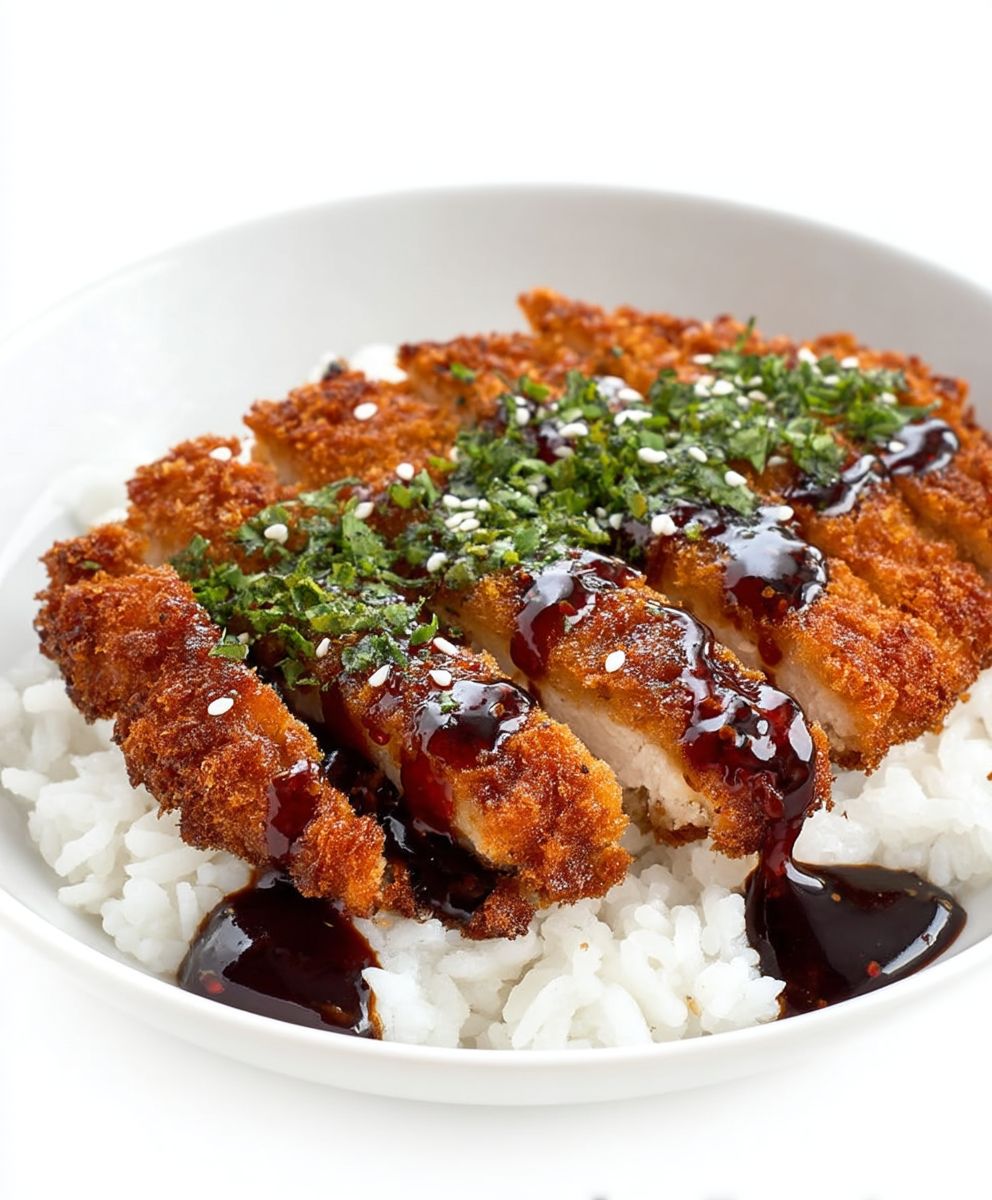
Conclusion:
And there you have it! I truly believe this Chicken Katsu recipe is a must-try for anyone looking for a satisfying, flavorful, and surprisingly easy meal. From the crispy, golden-brown panko crust to the juicy, tender chicken inside, every bite is an explosion of textures and tastes that will leave you wanting more. It’s a dish that’s both comforting and exciting, perfect for a weeknight dinner or a weekend treat.
What makes this recipe so special? It’s the perfect balance of simplicity and deliciousness. You don’t need to be a seasoned chef to achieve restaurant-quality results. The straightforward instructions and readily available ingredients make it accessible to cooks of all skill levels. Plus, the satisfying crunch of the panko breading is simply irresistible! I’ve made this recipe countless times, and it’s always a crowd-pleaser.
But the best part about this Chicken Katsu is its versatility! While it’s fantastic served traditionally with steamed rice, shredded cabbage, and a generous drizzle of tonkatsu sauce, the possibilities are endless.
Serving Suggestions and Variations:
* Katsu Curry: Transform your katsu into a hearty and flavorful curry by slicing it and serving it over a bed of Japanese curry rice. The crispy chicken adds a delightful textural contrast to the rich and savory curry sauce.
* Katsu Sandwiches: Create a delicious katsu sandwich by placing the sliced chicken between two slices of toasted bread with shredded cabbage, tonkatsu sauce, and a touch of Japanese mayonnaise. It’s a perfect lunch or picnic option.
* Katsu Salad: Add a protein boost to your salad by topping it with sliced katsu. The crispy chicken pairs perfectly with fresh greens, vegetables, and a light vinaigrette.
* Katsu Donburi: Simmer sliced katsu in a sweet and savory dashi broth with onions and eggs, then serve it over a bowl of rice for a comforting and satisfying donburi.
* Spicy Katsu: Add a kick to your katsu by mixing a pinch of cayenne pepper or chili flakes into the panko breading. You can also drizzle a spicy mayo over the finished dish.
* Vegetarian Katsu: For a vegetarian option, substitute the chicken with thick slices of eggplant, firm tofu, or portobello mushrooms. Just be sure to adjust the cooking time accordingly.
I encourage you to get creative and experiment with different serving suggestions and variations to find your perfect Chicken Katsu experience. Don’t be afraid to add your own personal touch and make it your own!
Now, it’s your turn to try this amazing recipe! I’m confident that you’ll love it as much as I do. So, gather your ingredients, put on your apron, and get ready to create a culinary masterpiece.
Once you’ve tried it, I’d love to hear about your experience! Share your photos, tips, and variations in the comments below. Let me know what you thought of the recipe and how you made it your own. Your feedback is invaluable and helps me to continue creating delicious and easy-to-follow recipes for you. Happy cooking! I can’t wait to see your Chicken Katsu creations!
Chicken Katsu: The Ultimate Guide to Crispy Perfection
Crispy, golden Japanese-style fried chicken cutlets coated in panko breadcrumbs. Serve with rice, cabbage, and katsu sauce for a satisfying meal.
Ingredients
- 4 boneless, skinless chicken breasts (about 6-8 ounces each)
- 1 cup all-purpose flour
- 2 large eggs, beaten
- 2 cups panko breadcrumbs
- 1 teaspoon salt
- 1/2 teaspoon black pepper
- 1/2 teaspoon garlic powder
- 1/4 teaspoon paprika
- Vegetable oil or canola oil (enough for deep frying, about 3-4 inches deep)
- Cooked rice
- Shredded cabbage
- Katsu sauce (store-bought or homemade)
- Lemon wedges
- Japanese mayonnaise (Kewpie)
Instructions
- Place each chicken breast between two sheets of plastic wrap or in a resealable plastic bag. Use a meat mallet or rolling pin to pound the chicken to an even thickness of about 1/4 to 1/2 inch.
- In a small bowl, combine the salt, pepper, garlic powder, and paprika. Sprinkle this mixture evenly over both sides of the flattened chicken breasts.
- Prepare three shallow dishes. In the first dish, place the all-purpose flour. In the second dish, add the beaten eggs. In the third dish, pour the panko breadcrumbs.
- Take one chicken breast and dredge it in the flour, making sure to coat it completely on both sides. Shake off any excess flour. Next, dip the floured chicken into the beaten eggs, ensuring it’s fully coated. Let the excess egg drip off. Finally, press the chicken into the panko breadcrumbs, making sure the entire surface is covered with a thick layer of breadcrumbs. Press firmly to help the breadcrumbs adhere. Repeat this process for all the chicken breasts.
- Place the breaded chicken breasts on a wire rack for about 10-15 minutes.
- Pour the vegetable oil or canola oil into a deep pot or Dutch oven. Heat the oil over medium-high heat until it reaches a temperature of 325-350°F (160-175°C). Use a deep-fry thermometer to monitor the temperature.
- Carefully place the breaded chicken breasts into the hot oil, being careful not to overcrowd the pot. Fry 2-3 pieces at a time, depending on the size of your pot.
- Fry the chicken for about 3-4 minutes per side, or until it’s golden brown and cooked through. The internal temperature of the chicken should reach 165°F (74°C). Use a meat thermometer to check the internal temperature.
- Once the chicken is cooked through and golden brown, carefully remove it from the oil using a slotted spoon or tongs. Place the fried chicken on a wire rack lined with paper towels to drain any excess oil.
- Repeat the frying process with the remaining chicken breasts, making sure to maintain the oil temperature.
- Once the chicken has cooled slightly, slice it into strips about 1 inch thick.
- Serve the sliced chicken katsu immediately while it’s still hot and crispy with rice, cabbage, and katsu sauce.
Notes
- Pounding the chicken ensures even cooking and tenderizes it.
- Resting the breaded chicken allows the breadcrumbs to adhere better.
- Maintain the oil temperature for crispy katsu.
- Don’t overcrowd the pan when frying.
- Drain the chicken well on a wire rack after frying.
- Serve immediately for the best taste and texture.
- For homemade katsu sauce, combine ketchup, Worcestershire sauce, soy sauce, oyster sauce (optional), Dijon mustard (optional), and a pinch of black pepper in a saucepan. Simmer until thickened.


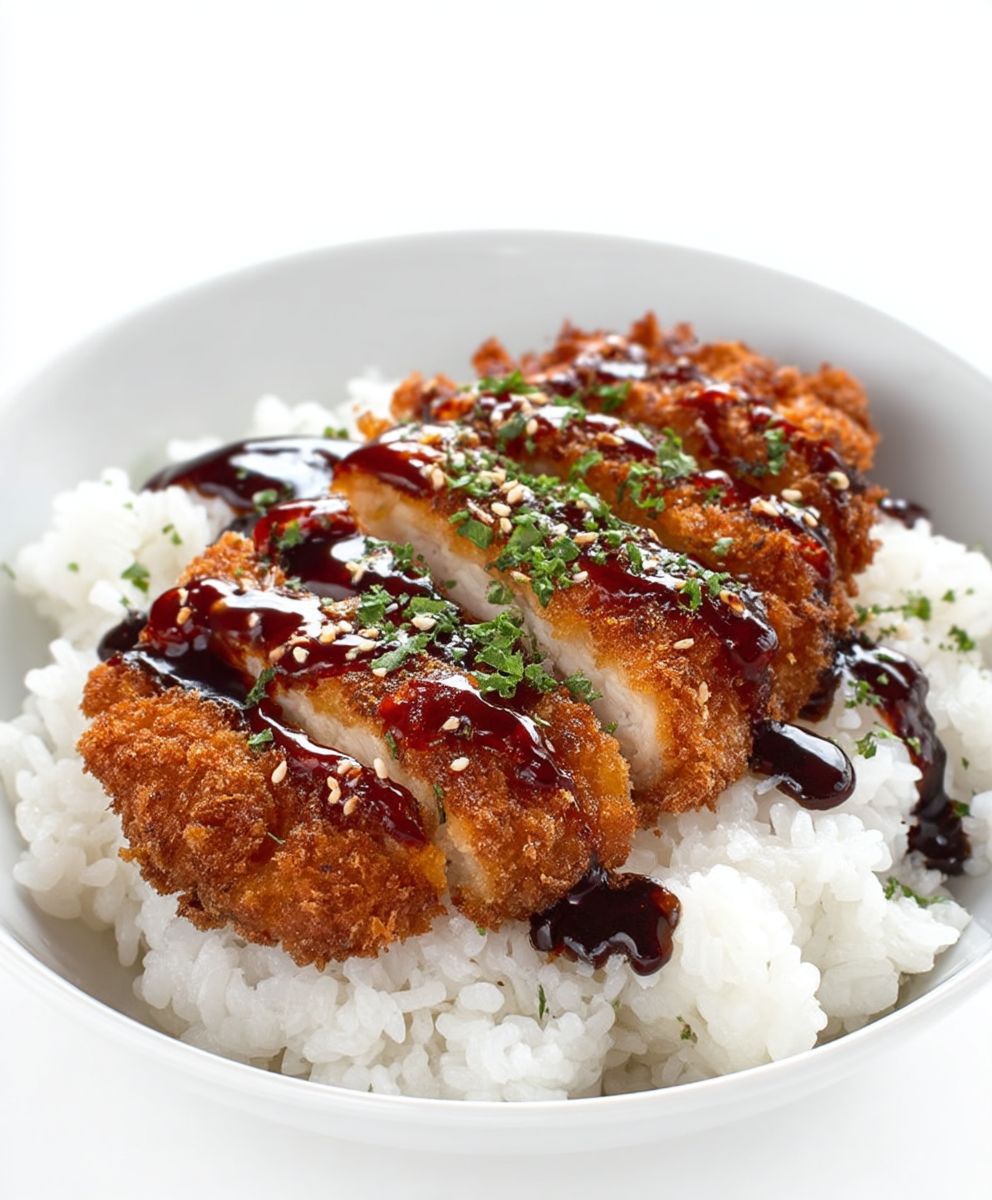
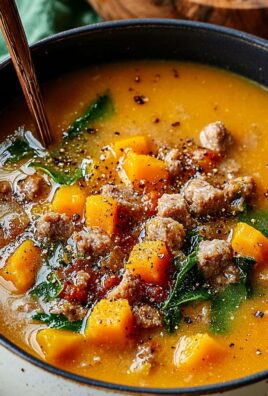
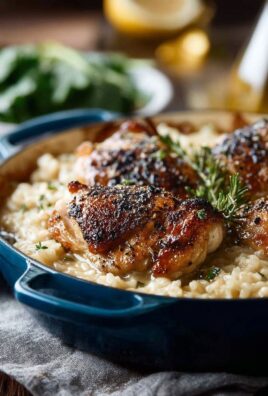
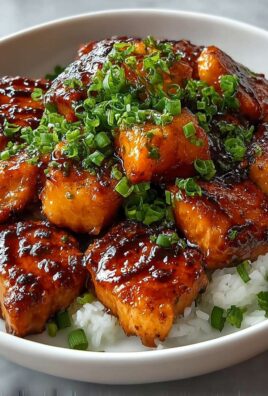
Leave a Comment